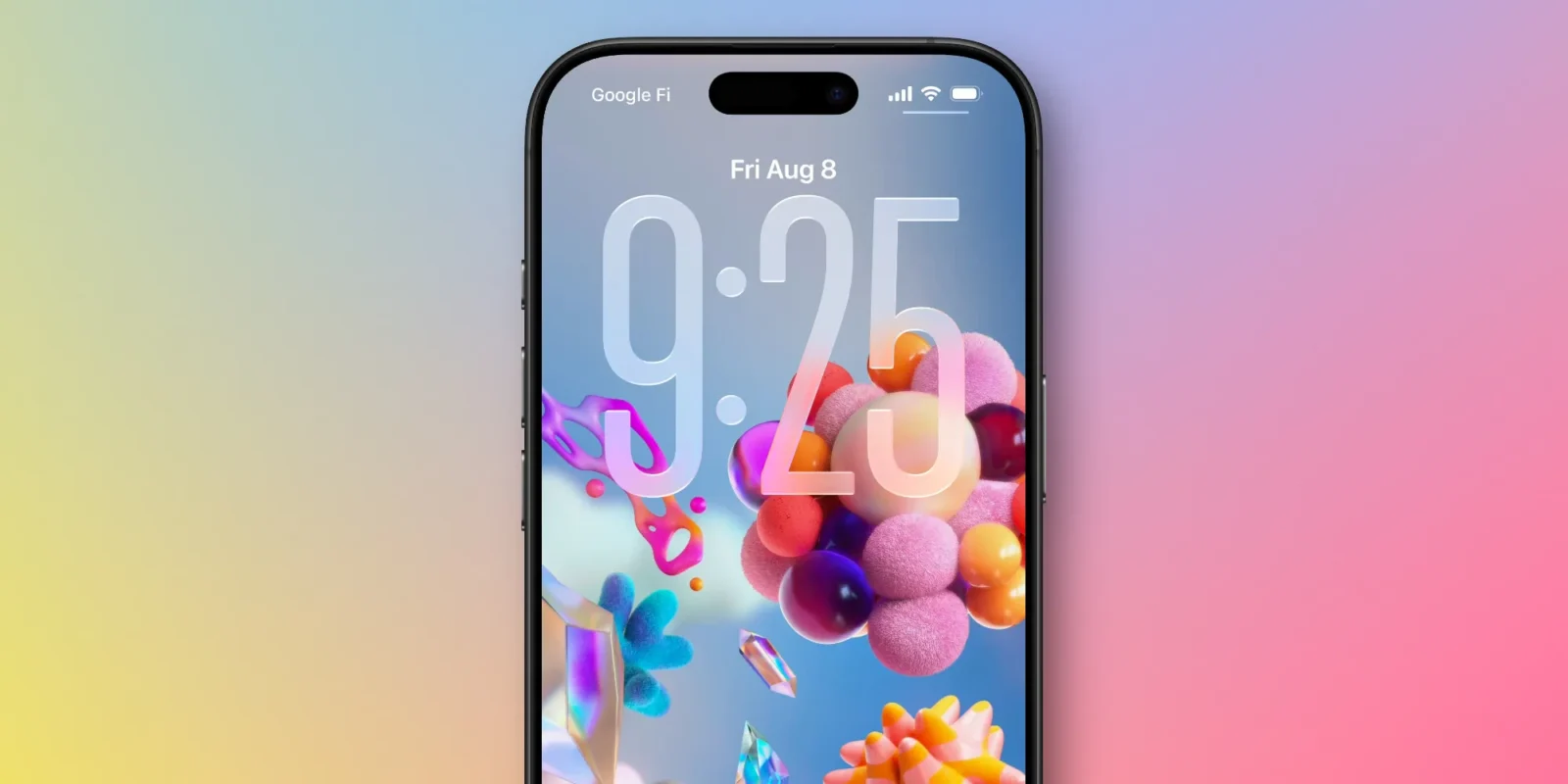Apple plans to integrate OpenAI’s newly released GPT-5 into iOS 26, iPadOS 26, and macOS Tahoe 26, replacing the GPT-4o model currently used for certain queries. While Apple has not confirmed release dates, its major OS updates have historically landed in September, suggesting a similar timeline this year.
The upgrade means that when Siri or other system tools encounter a request beyond Apple’s own AI capabilities, users will have the option to route it to GPT-5. Apple’s existing integration with ChatGPT is limited, as most AI-driven features in iOS and macOS rely on the company’s in-house Apple Intelligence models. These run locally, prioritizing privacy and speed, but operate at a fraction of GPT-5’s scale—roughly 3 billion parameters compared to GPT-5’s reported 500 billion—which limits their accuracy and versatility.
What’s less clear is how GPT-5’s new “model-switching” approach will function in Apple’s ecosystem. In OpenAI’s own app, GPT-5 automatically decides whether to use a reasoning-optimized “thinking” mode based on the prompt. Free users have no control over this, while paid ChatGPT subscribers can manually select models for each request. It’s unknown whether iOS will support manual selection, always use the default mode, or occasionally access the reasoning model without user input.
The move aligns with a broader industry shift toward embedding more advanced language models into operating systems, as seen with GPT-5’s recent arrival in Microsoft’s Copilot and GitHub Copilot. Still, Apple appears focused on using ChatGPT as a supplemental option rather than a deeply integrated core feature. For most users, Apple’s models will handle day-to-day tasks, with GPT-5 reserved for more complex or open-ended queries.






